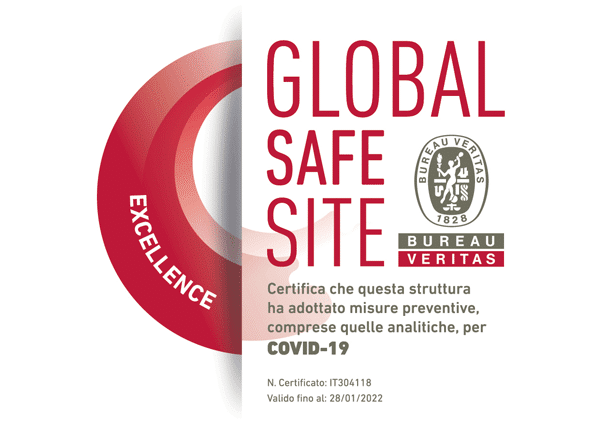The cornea
In addition to being the most anterior structure that completes the wall of the eye, it is also the most ‘important’ lens. Obviously, the crystalline lens is important and indispensable for perfect vision. But strictly in terms of how ‘strong’ or in technical terms how ‘powerful’ these lenses are, the cornea is actually twice as strong as the crystalline lens.
The optical efficiency of the cornea depends on two of its characteristics: perfect transparency and uniform curvature. A transparent cornea with uniform curvature, working ‘together’ with a transparent crystalline, will allow a normal eye to see clearly (as long as the other ocular structures are also normal).
Any disease of the cornea that alters its microscopic structure and its metabolism will translate into a local or diffused loss of the transparency, due to the formation of (opaque) scar tissue or new blood vessels (that appear in a normally vessel-free zone) or due to alterations in the corneal curvature or smoothness.
Factors that alter the corneal transparency
Factors that can permanently reduce the corneal transparency are inflammations, infections, mechanical trauma, toxins or dystrophy.
One of the dystrophic factors is keratoconus that predominantly affects young people. It is a condition characterized by the progressive thinning and bulging of the cornea. The progression of the condition can also lead to opacification or perforation of the cornea.
Other illnesses can damage the cells of the inner layer of the corneal tissue (endothelium): the affected cells can no longer maintain the transparency required by the cornea that becomes opaque and this leads to corneal insufficiency or ‘failure’.
Depending on the pathology, a number of different treatment options are available. In the more serious cases, the surgeon will proceed with a corneal transplant.



